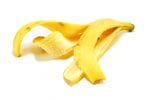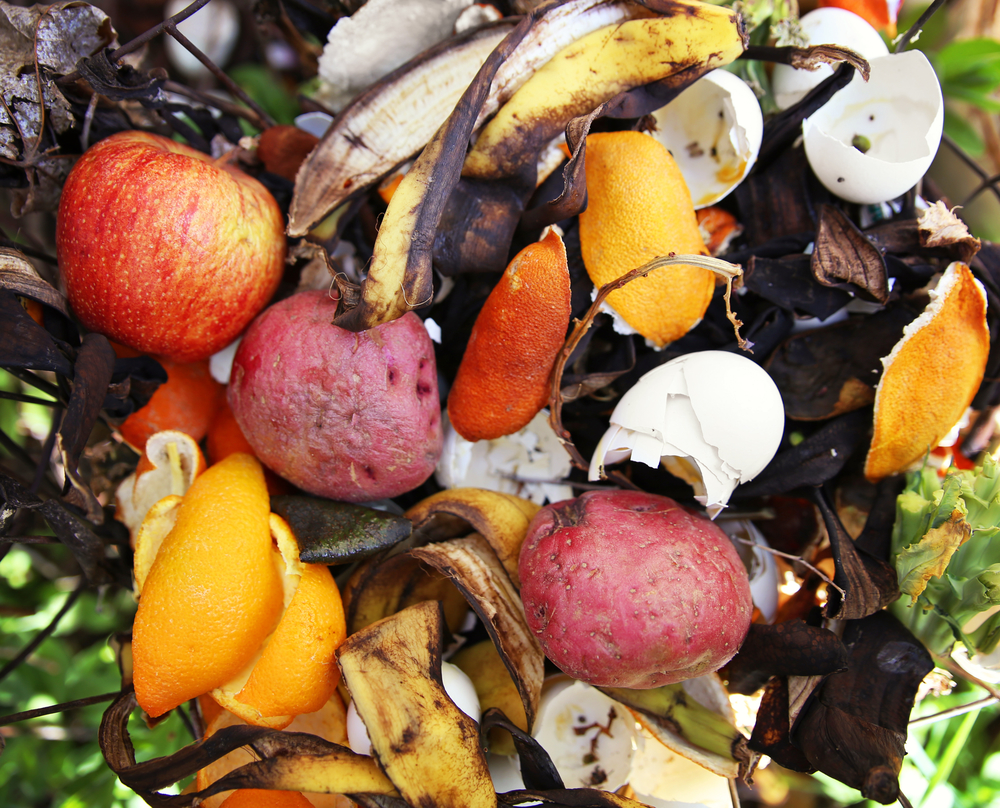
More than 100 billion bananas are eaten every year in the world, making them the fourth most popular agricultural product. Cathy Isom tells us about the popular fruit also known as some of the best fertilizer for your garden. That story is ahead on This Land of Ours.
Fertilizer from Banana Peel
From: The Frugal Chicken
10 Ways To Use Banana Peels In Your Garden As Fertilizer
by Maat, writer for The Frugal Chicken
If you have kids, you likely have a lot of banana peels floating around. Trashing them seems like kind of a waste so why not recycle them instead – in your garden.
Did you know banana peels make one of the best fertilizers out there? I didn’t until I started researching it.
Turns out, banana peels are a rich source of nutrients your plants crave: Potassium, phosphorus, and calcium, along with a host of other minerals your plants need.
Here’s the deal:
Using them in your garden is a snap – and since it’s free fertilizer, adding them to your garden is a no-brainer. (Before adding peels to your garden, however, be sure to remove those stickers.)
So before you toss that peel:
Here’s 10 ways you can add banana peels to your garden, and keep it as natural as possible.
1. Banana Peel Tea
Like compost tea, this fertilizer uses nutrients leeched from banana peels to give your plants a mineral boost.
To make it, fill a mason jar with water, and add a banana peel. Let it sit for 48 hours.
After 2 days, discard the peel (using one of the other methods in this article, hopefully!), leaving the water in your mason jar.
Water your plants as usual with your banana tea.
2. Chop the peels, then add to your garden’s soil directly
If you made the banana peel tea above, you’ll have leftovers to use up. Consider adding them to your garden directly.
Here’s one way to do it:
To do so, chop your banana peels into 1/4 inch pieces – by chopping them, you kick start the composting process, and release some of the beneficial vitamins and minerals in the peels.
Bury them anywhere from 4 inches down to just beneath the surface of the soil.
If you choose to bury them inches below the soil, do so before you plant your vegetables at that location, or where you aren’t in danger of hitting your plants’ roots.
As the peels decompose, all the valuable vitamins in the peels will reach the roots, giving you plants a nutrient bump that will make them happy.
3. Toss leftover banana peels into a compost pile

If you want to feed your red wigglers and indirectly use banana peels in the garden, toss your leftover peels in your compost pile.
It’s not the most inventive way to use the peels, but it’s a valuable method, nonetheless.
Over time the peels will decompose and turn into rich compost.
When preparing your beds for planting, or when your plants begin to flower, side dress with the compost to aid in fruit and vegetable development – your plants will love the extra nutrients.









